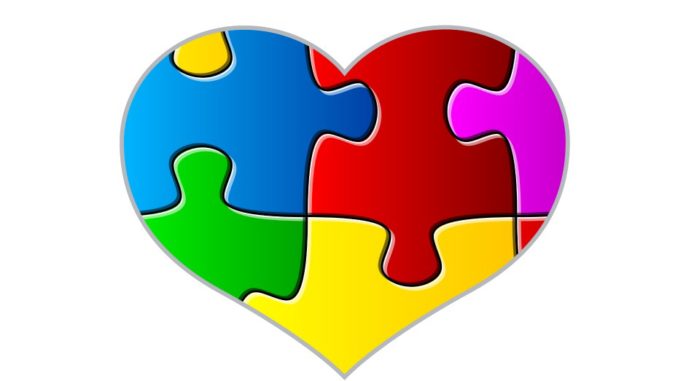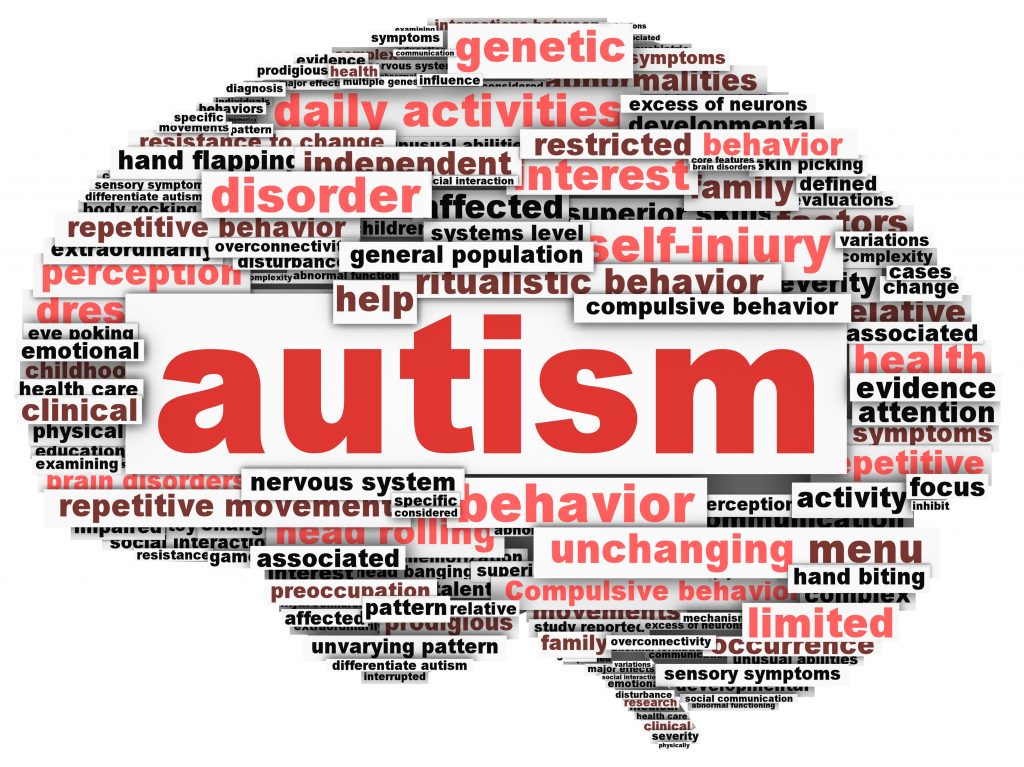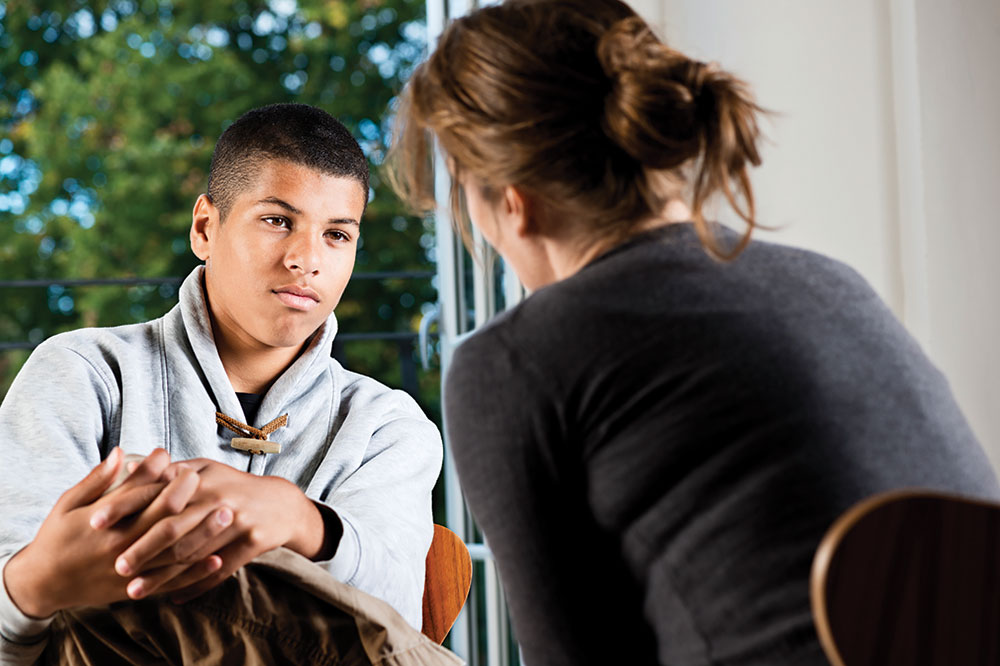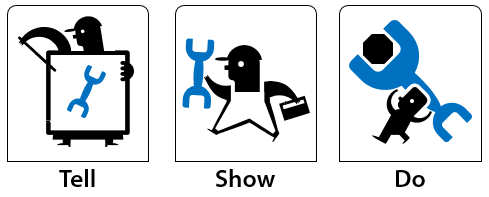
Autism Spectrum Disorder (ASD) is a neurodevelopmental disorder that affects social communication and often is marked by restricted interests, repetitive behaviors, and focus and sensory issues. ASD is diagnosed along a continuum from Level 1 (which can be equated to traditional conceptions of Asperger’s Syndrome – a term largely outdated), to Level 2 (where the individual clearly struggles with expressing themselves and picking up on socioemotional cues), to Level 3 (where the person is very socially anxious and shies away from social interaction and changes to a fixed routine).
According to the 2014 Data from the Centers for Disease Control and Prevention (CDC), the prevalence of autism in children is 1 in 68 births (up from just 1 in 150 in 2000). Boys are five times as likely to be diagnosed. Most kids are diagnosed between 4-6 years of age by multiple trained professionals who can discern the symptomology based on their knowledge and experience. Unfortunately, there is no medical test to diagnose the disorder.
“If you fit in, life is easy. If you don’t, that’s when all the teasing and bullying starts. For kids on the spectrum, it can be pure hell.” Temple Grandin, The Unwritten Rules of Social Relationships: Decoding Social Mysteries Through the Unique Perspectives of Autism
The behavioral tendencies of kids with autism make them susceptible to being picked on in a variety of ways. This could be minor – such as teasing, or major – such as bullying, extreme humiliation, or threats. While I can only speculate as to motivations based on what I have seen, much of the bullying they experience likely stems from aggressors who do not understand the disorder. However, ignorance is no excuse to be a jerk towards someone else.
How to Help
Stay calm
When a bullying incident involving a child with ASD comes to your attention, your initial response might be one of righteous anger because you understand that the target is already struggling with certain developmental challenges and does not need their life made more difficult by others. Even though your emotions may be inflamed at that moment – and for good reason – you need to make sure you stay very, very calm when working with a child who is bullied.
In these moments, the student may not fully comprehend that they are not to blame, and regardless will be feeling incredibly high levels of anxiety and confusion as they cognitively wrestle with what has happened to them. Even if you think your impassioned state will convey compassion and urgency, the target may not interpret that in the way you hoped they would.
Moreover, even if they have learned productive ways to express themselves in spite of ASD, they might quickly regress to dysfunctional old patterns of behavior. No matter what, stay calm. Give them time and space (avoid crowding them!), and don’t worry if they don’t make eye contact. Provide reassurance to them that they didn’t deserve what happened to them, and that you are here to help them. Keep providing it, even if you know you already did five minutes ago.
Explain immediate next steps
At this point, ASD kids who are the target of bullying are likely unsure of what is about to happen both in the immediate future and down the road. A million thoughts are swirling around in their head like a tornado: Am I in trouble? Why have I been taken out of my normal routine (class, lunch, etc.)? What does this person (teacher, counselor, administrator) want? What is going to happen next? What am I supposed to do? How do I respond? How do I get out of here?
What you need to do is spell out sequentially what is happening (the reason why you are sitting down with them), and then, as you move into the next step/phase, what is now happening (that you will be asking them some questions about how they were harmed, etc.). You may also need to convey what is happening to them in multiple ways – perhaps not just orally but also with picture cards or actions. And, you may need to repeat what you are saying, since one symptom of the disorder is processing delay. This will ensure that the message is not lost in transmission. Youth with autism need to be in the know constantly as the knowledge will help alleviate their stress and prevent an anxiety-filled reaction.
Ask questions, but keep them simple
To get to the bottom of the bullying or cyberbullying incident, it’s important to remember that ASD youth are very uncomfortable in the current social situation, and were previously made uncomfortable by a peer or group of peers. This snowballs onto itself and provides a testy environment in which you must interact. Ask questions: Why are they upset? When upset, what typically provides them comfort? What do they need help with?
If they can’t answer, provide them with no more than two options at a time so that they don’t get confused and overwhelmed with your suggestions. For example, “do you want me to ask Instagram to remove that picture, or do you want to Report and Block that person yourself?” “Do you want me to call your mom to come and take you home, or do you want to go back to class?” Present options in couplets, and move forward from there.
Try also to present your suggestions in short phrases or clauses, and if the student doesn’t seem to get what you are saying, try to say it in another way. If the student becomes frustrated or agitated, and you don’t seem to be making headway in your attempts to help him or her, try redirecting their attention to something that you know they enjoy. This, of course, requires you to know something meaningful and personal about them, but hopefully you do!
Negotiation and bargaining goes a long way
It bears mentioning that negotiation can work wonders. You need information from the target in order to perform your investigation of the incident. This might be the names of who the witnesses were, or screenshots of the cyberbullying, or something else. Use If/Then statements; for example, “if you tell me what happened to you in the boy’s locker room, then I will let you get on your favorite app on your phone for ten minutes.” While not guaranteed, this should help you make progress with the student. It bears repeating that kids on the autism spectrum benefit from your presentation of sequence. If they can see a forthcoming reward as a result of some type of compliance, they usually will do what you’ve asked.
Use scenarios to ensure strategies are learned
Finally, educators and youth professionals not only want to formally respond to the bullying incident, they also want to help kids with ASD understand what they may be able to do to prevent it in the future. This is a complicated matter, but worth the undertaking. Based on what I’ve learned both at this recent training and from my experiences is that role-playing and scenario-based learning is the best tack to take. What does this look like?
Here’s a practical example:
In Clarksville, Tennessee, a 14-year old boy with autism has attempted to commit suicide twice, in part due to the bullying he has faced since elementary school. “It made me feel sad, depressed. It made me feel like people don’t care anymore because when I got bullied I felt like well if they cared about me they would have done something,” he stated to the media. During his stay in the hospital for his second attempt, he spent a lot of time thinking and came up with the idea of “Captain Spectrum” – a comic book hero whose mission is to fight bullying by cultivating tolerance, acceptance, and compassion in all students, thereby bringing them together. Under the motto of “Defend and Be a Friend,” Chris’s efforts hope to result in clubs across schools the serve as an ally of Captain Spectrum. He envisions these clubs encouraging members of the student body to stand up for one another, and to serve as whistleblowers to socially induce peer respect and alert the administration of issues.
I have no idea of Chris’s specific ASD-related challenges, and so be gracious with me while I speculate for a moment for the purpose of this example. If I were in his life in the midst of his bullying victimization, I would hopefully hear about it and invite him to chat. Apart from asking about what happened from his perspective, I would ask him who his closest friends are and who his favorite teacher is. And I would convey to him in different ways what he should do to reach out to one of them.
Also, knowing that youth desire social support more than retribution or penalties for the aggressors, I would walk him through the “tell-show-do” method. I would first verbally explain who and to whom he should go for help. Then, I would demonstrate to him how to do it by accompanying him to the counselor, or his favorite teacher, or to his best friend, and engaging in role-play with that individual what he might say. Finally, I would ask him to pretend he was being bullied again, and would direct him to actually and personally have those conversations with the aforementioned individuals so he can practice eliciting the support and help he needs.
Be sensitive to their personal preferences
A quick caveat in closing: seek to work with ASD youth in a “sensory conducive environment” where bright lights or loud sounds do not unnecessarily disrupt the student’s equilibrium. Also remember that some kids with autism have tactile sensitivity and so it is important to ask what they prefer (e.g., would they like their hand held while they share what happened) and by default limit physical contact.
I really hope this helps you when you deal with bullying and cyberbullying incidents where youth with autism spectrum disorder are the target. Specialized situations require specialized interventions, and research-based strategies and solutions continue to evolve. We’ll keep you updated with our own experiences in this area, so that we can learn together and best meet the needs of the kids under our care. Please do the same!
Note: This blog was prompted by a recent ASD training I attended at my university with Clinical Support Specialist Veronica Castro. Although the training was not related to bullying, it brought up many great points and inspired me to share with our readers some emerging best practices in this area.
Image sources:
http://michellemoor.com/wp-content/uploads/2013/01/Autism-Word-Brain-Image.jpg
http://www.mackoulpediatrics.com/wp-content/uploads/2015/01/autism-testing.jpg
http://rapid-elearning-blog.s3.amazonaws.com/0614/tell-show-do-instructional-design.png
http://www.theleafchronicle.com/story/news/education/schools/2016/07/29/captain-spectrum-wont-stop-effort-end-bullying/87665304/
https://www.pmap.co/c/52e9e2f6/images/stories/ages_stages/0214_as_11_18_teen_and_life_coach_1000x666.jpg
http://bit.ly/2cEM2SG








